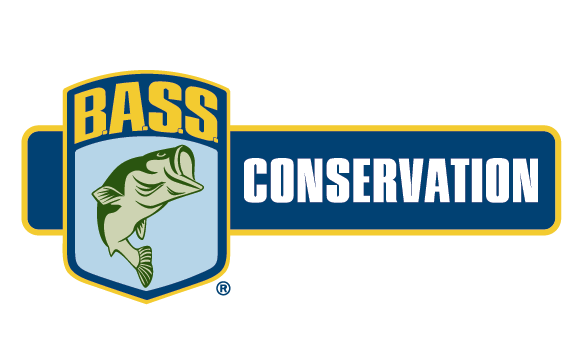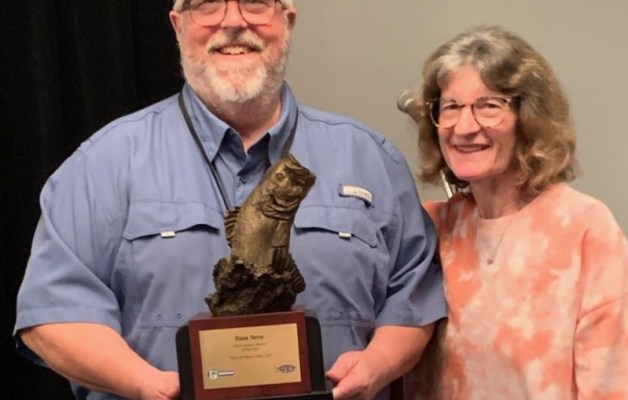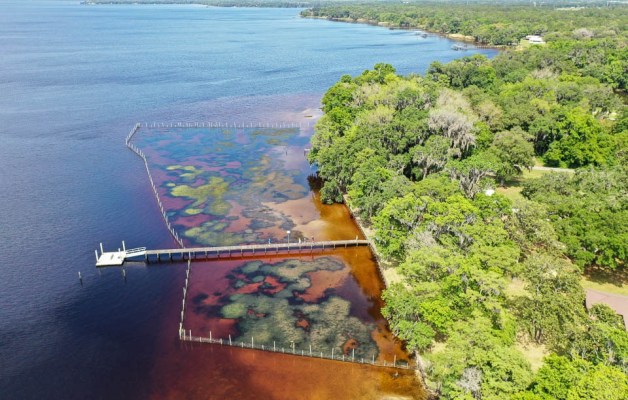
HIGH POINT, N.C. – B.A.S. S. Nation Conservation Director (CD) for North Carolina, Bill Frazier, recently assisted a team of Australia fisheries scientists in its research of the hows and whys of habitat projects in the nation’s reservoirs. The result is a recently released 98-page report entitled “Increasing Australian Impoundment Fisheries Potential: Habitat Enhancement to Improve Angling and Productivity in Impoundments.”
“I feel like I got as much out of it as Mr. Norris (Dr. Alexander) did,” said Frazier “We chatted back and forth on a wide range of topics to start with and then narrowed it down to the details that he wanted for the report.”
Among other topics, they discussed the innovative Educational Fishing Trail at Oak Hollow Lake. It allows anglers to learn about habitat needs of bass as they fish a variety of cover placed sequentially according to season.
The North Carolina CD added that some similarities exist in the challenges that both nations face regarding management of fisheries in reservoirs, but Australia’s are more extreme. Water levels there can fluctuate hundreds of feet annually. And funding can be tough to come by.
“If they get stockings of anything, bait or bass, the anglers have to raise the money,” Frazier said. “That is before they ever get to a discussion about the habitat to support and propagate it into a lasting resource.”
Norris and his team also visited Arizona, Missouri, Nebraska, North Carolina, Oklahoma, and Texas.
B.A.S.S. National Conservation Director Gene Gilliland said that the report will benefit reservoir management in this country as well as Australia.
“Although what they deal with in Australia is drastically different from the typical U.S. problem, the connection to sportfishing is the same,” he explained. “I don’t think that he was looking for a fix but more like a chance to see a range of problems and how we in the U.S., through government and private partnerships, are working to make things better.”
In the process, Gilliland said, “Norris compiled a terrific report of habitat enhancement projects from across the country that will be very useful to B.A.S.S. Conservation as an idea book that CDs and clubs can look at for inspiration and ideas.”
He added that the Reservoir Committee for the Southern Division of the American Fisheries Society is looking at using the Norris Report to help create a how-to habitat manual.
“All of this fits together and will make future projects more effective and efficient and pay off with more fish in the end of anglers’ lines,” the Gilliland concluded.





